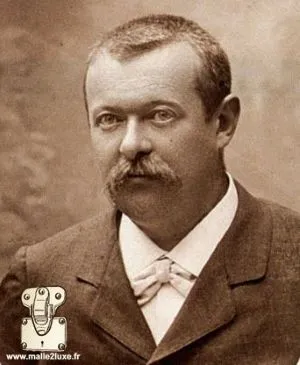
Introduction: Who Was Georges Vuitton?
When you think of luxury fashion, the name Louis Vuitton often comes to mind. Known globally for its signature monogram, Louis Vuitton is synonymous with high-end fashion, quality craftsmanship, and timeless style. But behind the brand’s illustrious history stands a figure whose vision was instrumental in shaping its identity: Georges Vuitton, the son of the company’s founder, Louis Vuitton. While Louis Vuitton laid the foundation of the company with his impeccable craftsmanship in trunk-making, it was Georges who took the brand to new heights. From introducing the iconic monogram to expanding the brand’s global presence, Georges played a pivotal role in transforming Louis Vuitton into the luxury powerhouse it is today.
Table of Contents
Notable Works and Collections
Georges Vuitton was not only an innovator in expanding Louis Vuitton’s product range but also in curating notable collections that defined the brand’s aesthetic for decades. Some of his most notable works and collections include:
1. The Monogram Canvas Collection
The introduction of the monogram canvas in 1896 remains one of Georges’ most notable achievements. This collection became the face of the brand, featured on a variety of products including trunks, luggage, and accessories. The monogram canvas set a new standard for luxury travel goods and continues to be a cornerstone of Louis Vuitton’s offerings today.
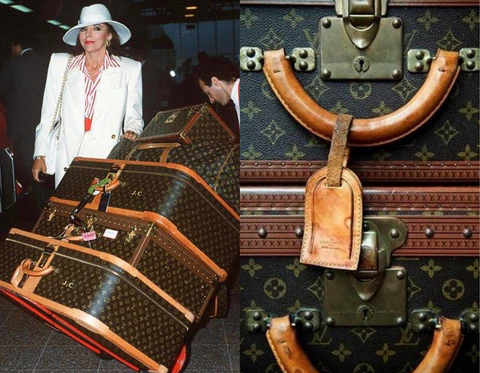
photo/etoile-luxuryvintage
2. The Steamer Bag
In the early 1900s, Georges introduced the Steamer Bag, a precursor to modern duffle bags. It was designed as a smaller, more portable bag that could be easily stowed inside a trunk. Made from durable canvas and leather, the Steamer Bag was ideal for holding items that needed to be kept separate, such as dirty laundry. This innovative design catered to the needs of travelers and showcased Georges’ ability to anticipate market trends.
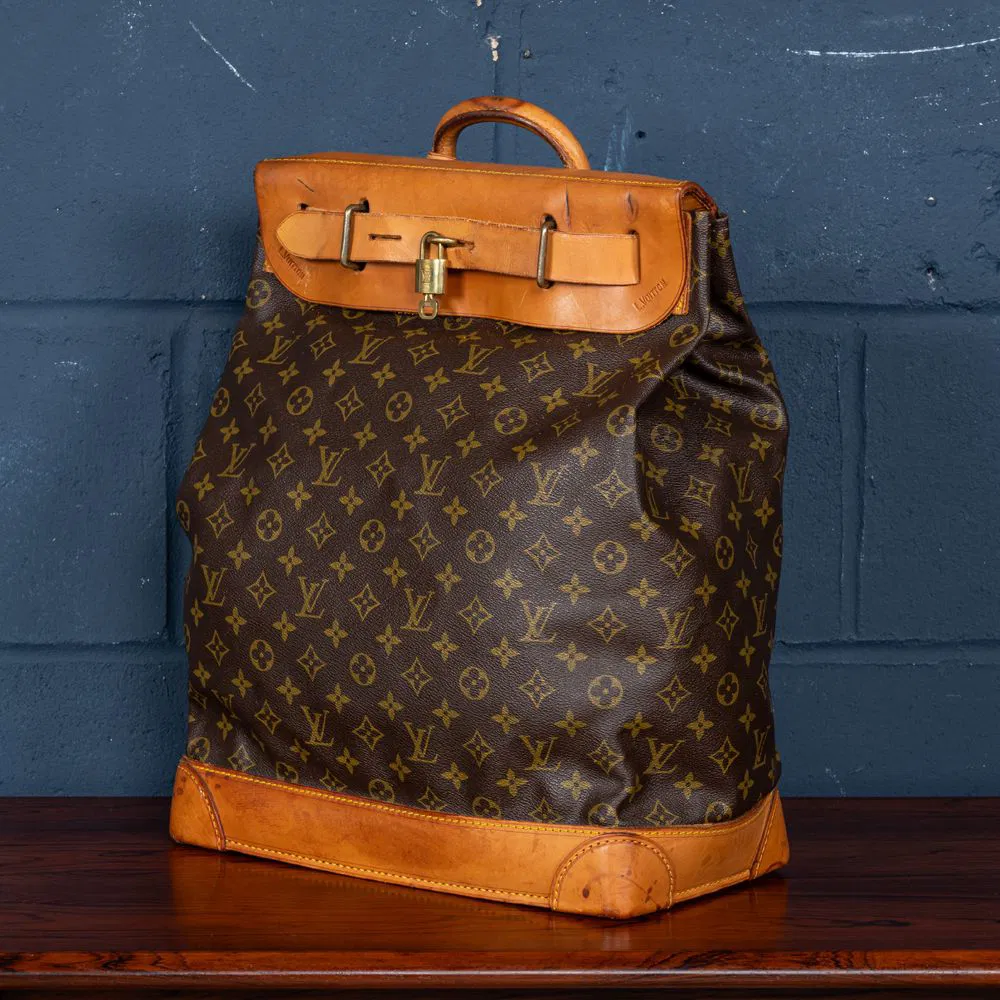
photo/pinterest
3. The Keepall Bag
The Keepall Bag, introduced in the 1930s, was another of Georges’ significant contributions. Made from the same monogram canvas as the trunks, the Keepall was lightweight and versatile, making it perfect for weekend getaways or short trips. Its spacious interior and durable design made it an instant favorite among travelers and it remains one of Louis Vuitton’s most iconic bags.
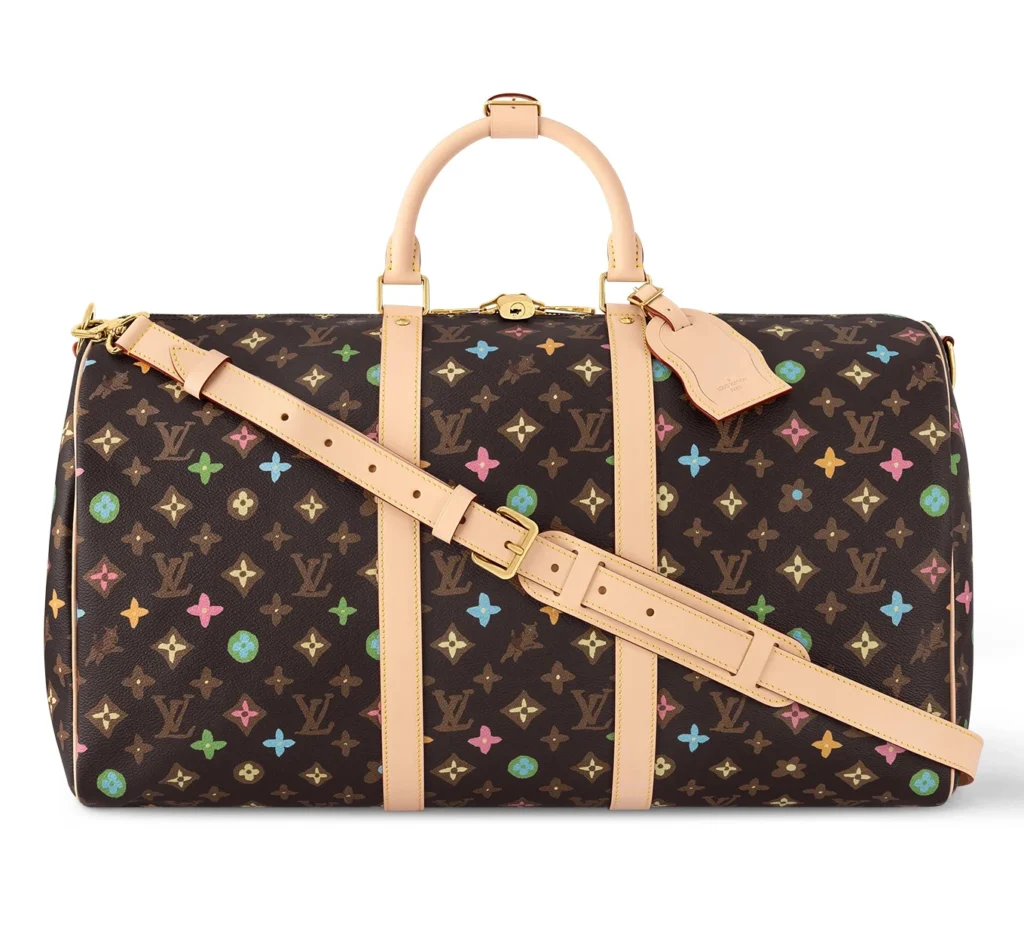
photo/fashionphile
4. The Noé Bag
Originally designed in 1932 to transport champagne bottles, the Noé Bag was a unique addition to the Louis Vuitton collection. With its drawstring closure and sturdy design, the Noé could hold up to five bottles of champagne without breaking. This functional yet stylish bag was a testament to Georges’ innovative spirit and his ability to blend practicality with luxury.
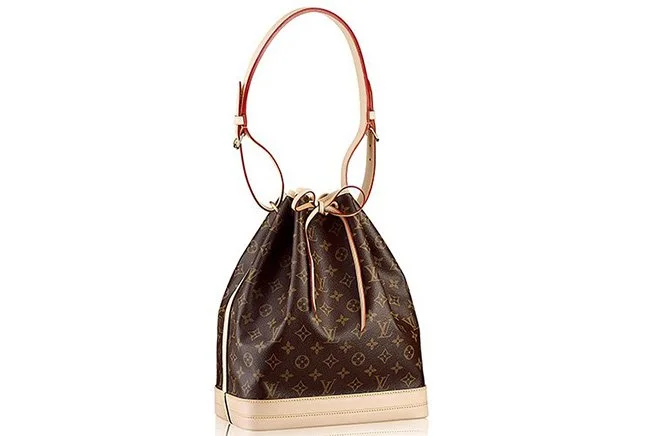
photo/bragmybag
5. The Alzer and Bisten Trunks
Georges continued his father’s legacy by perfecting the design of Louis Vuitton trunks. The Alzer and Bisten trunks, introduced under his leadership, were renowned for their durability and craftsmanship. These trunks were equipped with the Tumbler Lock, providing maximum security for travelers. The Alzer and Bisten trunks remain highly coveted by collectors and luxury travelers to this day.

photo/ collectinglouisvuitton
The Early Life of Georges Vuitton
Born in 1857 in Asnières-sur-Seine, France, Georges Vuitton grew up watching his father, Louis Vuitton, master the art of trunk-making. The elder Vuitton had established his own workshop in Paris in 1854, after years of perfecting his skills at Romain Maréchal, a renowned trunk-maker and packer. Growing up amidst leather, canvas, and wood, Georges developed a deep appreciation for craftsmanship from an early age.
His father’s dedication and passion for quality profoundly influenced Georges. As a young boy, Georges was curious, eager to learn, and displayed a keen interest in the family business. By the age of ten, he was already helping out in his father’s workshop, learning the intricacies of trunk-making. This hands-on experience was crucial in shaping Georges’ understanding of the business and setting the stage for his future contributions to the Louis Vuitton brand.
Also Read-Jean Philippe Worth: A Pioneer in Fashion’s Golden Age
Georges Vuitton’s Early Contributions
Georges Vuitton was born into a world where leather and craftsmanship were more than just a trade—they were a way of life. Growing up in Asnières-sur-Seine, a suburb of Paris, Georges was surrounded by the smell of leather, the sound of hammers, and the sight of craftsmen meticulously creating the finest trunks and luggage. His father, Louis Vuitton, had already established a reputation for producing high-quality trunks that were both durable and stylish. This environment undoubtedly shaped young Georges’ understanding of the art and importance of quality craftsmanship.
Georges officially joined his father’s business in the 1870s. It wasn’t long before he began making significant contributions. One of his first notable achievements was improving the functionality of the trunks. During this time, Louis Vuitton was renowned for its flat-topped trunks, which were revolutionary compared to the rounded-top trunks that dominated the market. These flat tops made the trunks stackable, providing more convenience for travelers.
Revolutionizing Luggage Design
Georges’ most significant contributions to the family business came in the form of revolutionary designs that changed the way people traveled. He recognized that the world was becoming more connected and that travel was no longer a luxury but a necessity for many. With this in mind, Georges set out to create luggage that was not only functional but also stylish and durable.
Invention of the Tumbler Lock
In 1886, he invented a revolutionary locking system for the trunks. This system featured a single lock with two spring buckles, providing enhanced security against theft. The lock, known as the Tumbler Lock, was patented and remains a signature feature of Louis Vuitton trunks to this day. This invention not only underscored Georges’ ingenuity but also solidified Louis Vuitton’s reputation for quality and security.
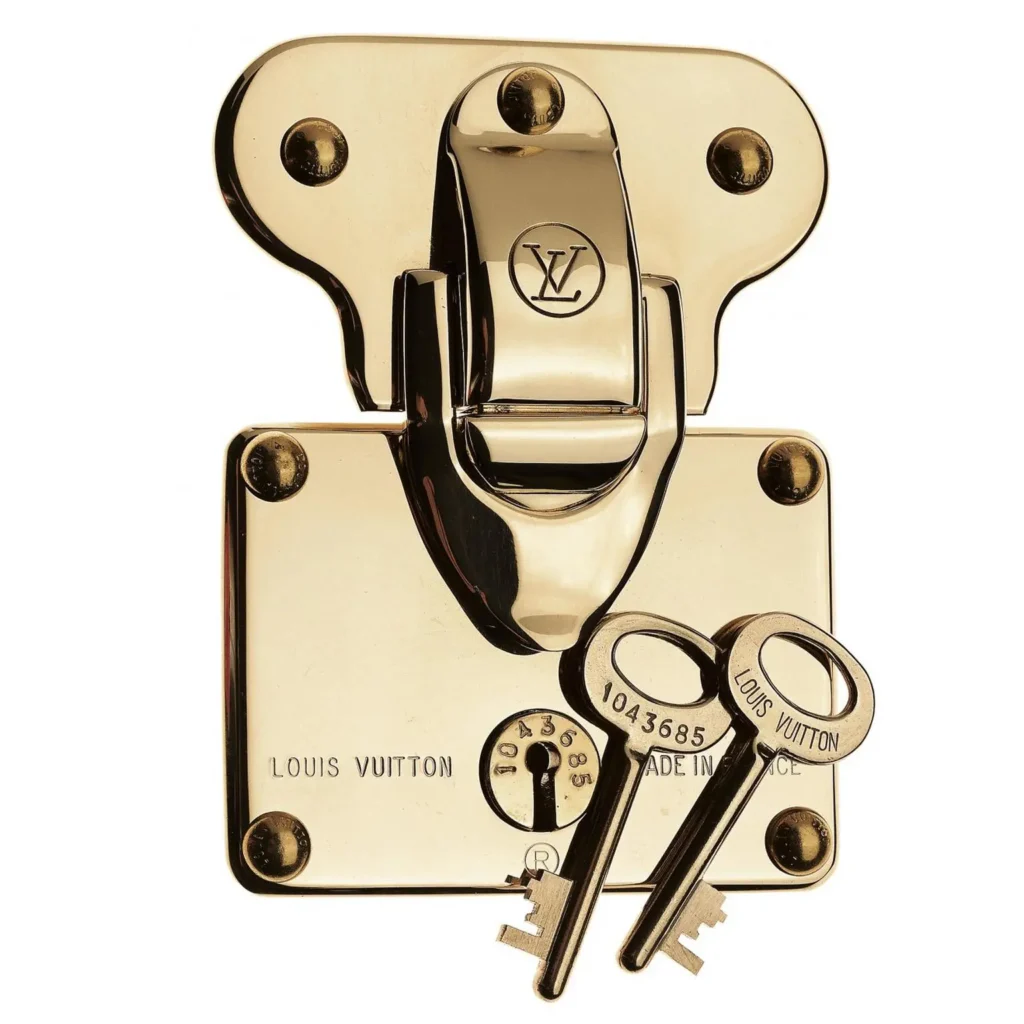
photo/thejewelleryeditor
The Birth of the Iconic Monogram
While Georges was focused on innovation, the company was facing a significant challenge: counterfeiting. As Louis Vuitton’s reputation grew, so did the number of counterfeit products flooding the market. To combat this, Georges came up with an idea that would become one of the most recognizable symbols in fashion history—the Louis Vuitton Monogram.
In 1896, Georges introduced the iconic LV monogram canvas. The design featured a combination of the “LV” initials, floral patterns, and quatrefoil shapes, all set against a brown background. This unique design was not only aesthetically pleasing but also difficult to replicate, helping to protect the brand from counterfeiters. The monogram was an instant success, becoming a symbol of luxury and sophistication. It also marked the beginning of Louis Vuitton’s journey from a trunk-maker to a global fashion brand.
Expanding the Brand’s Global Reach
Under Georges’ leadership, Louis Vuitton began to expand its reach beyond France. Georges recognized the potential for growth in international markets and set his sights on expanding the brand’s presence worldwide. In 1885, Louis Vuitton opened its first store outside of France, in London. This was followed by the opening of stores in New York, Buenos Aires, and other major cities around the world.
Georges’ vision for expansion was driven by his understanding of the changing times. The late 19th and early 20th centuries saw a boom in international travel, with steamships and railways making global travel more accessible. Georges foresaw the increasing demand for high-quality travel goods and positioned Louis Vuitton to cater to this emerging market. By establishing stores in major travel hubs, he ensured that Louis Vuitton became the go-to brand for discerning travelers worldwide.
Innovations Beyond Trunks
While Louis Vuitton’s roots were firmly planted in trunk-making, Georges was not content with just dominating the market for travel goods. He was a visionary who understood the importance of diversification and innovation. Under his guidance, Louis Vuitton began to expand its product range beyond trunks.
One of Georges’ most notable innovations was the introduction of soft-sided luggage, including the Keepall and the Speedy bags. These bags, made from the same durable canvas as the trunks, were lightweight, versatile, and perfect for modern travel. The Speedy bag, in particular, became an instant classic and remains one of Louis Vuitton’s most popular products to this day.
Georges also introduced custom orders, allowing clients to personalize their luggage with unique designs, materials, and colors. This focus on customization and personalization helped to differentiate Louis Vuitton from its competitors and further cemented the brand’s reputation for luxury and exclusivity.
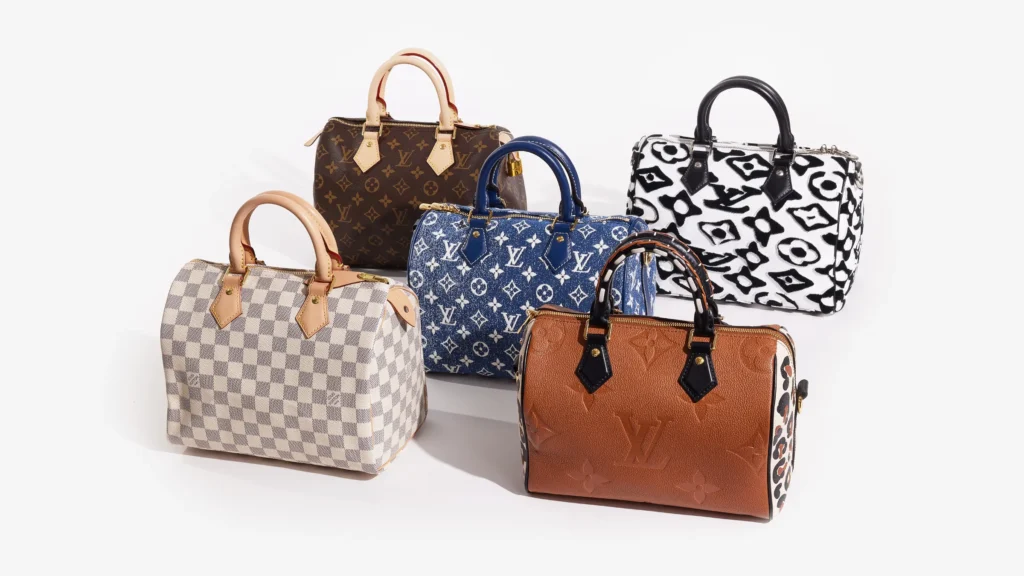

speedy bags(left), photo/fashionphile keepall bags (right), photo/lv
A Lasting Legacy
Georges Vuitton passed away in 1936, but his influence on the Louis Vuitton brand remains evident today. Under his leadership, Louis Vuitton evolved from a small trunk-making business into a global luxury brand. Georges’ innovations, from the introduction of the monogram canvas to the expansion into new product categories, laid the foundation for the brand’s future success.
His commitment to quality, craftsmanship, and innovation has continued to guide Louis Vuitton for over a century. Today, the brand is one of the most valuable luxury companies in the world, with a presence in over 50 countries and a product range that extends far beyond luggage and travel goods.
Conclusion
Georges Vuitton was more than just the son of a talented trunk-maker; he was a visionary who transformed his father’s business into a global luxury brand. His contributions to Louis Vuitton, from the iconic monogram to the expansion into international markets, have left an indelible mark on the fashion industry. Georges’ story is a testament to the power of innovation, vision, and determination, and his legacy continues to inspire the Louis Vuitton brand today.
FAQs
1. What was Georges Vuitton’s most significant contribution to Louis Vuitton?
Georges Vuitton’s most significant contribution to Louis Vuitton was the introduction of the iconic LV monogram canvas in 1896. This design helped protect the brand against counterfeiting and became a symbol of luxury and sophistication.
2. How did Georges Vuitton help combat counterfeiting?
To combat counterfeiting, Georges Vuitton introduced the LV monogram canvas, a unique and easily recognizable design that was difficult for counterfeiters to replicate.
3. What innovation did Georges Vuitton introduce to enhance the security of Louis Vuitton trunks?
In 1886, Georges Vuitton invented the Tumbler Lock, a revolutionary locking system for trunks featuring a single lock with two spring buckles. This innovation provided enhanced security against theft and became a signature feature of Louis Vuitton trunks.
4. How did Georges Vuitton expand Louis Vuitton’s global presence?
Georges Vuitton expanded Louis Vuitton’s global presence by opening stores in major cities around the world, including London, New York, and Buenos Aires. He recognized the growing demand for high-quality travel goods and positioned Louis Vuitton to cater to this emerging market.
5. What products did Georges Vuitton introduce to diversify Louis Vuitton’s offerings?
Georges Vuitton introduced soft-sided luggage, such as the Keepall and Speedy bags, as well as custom orders for personalized luggage. These innovations helped to diversify Louis Vuitton’s product range and further cement the brand’s reputation for luxury and exclusivity.
One thought on “Georges Vuitton: The Visionary Behind a Luxury Legacy”